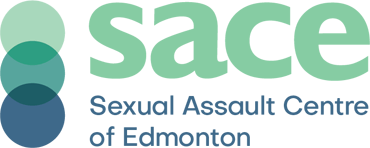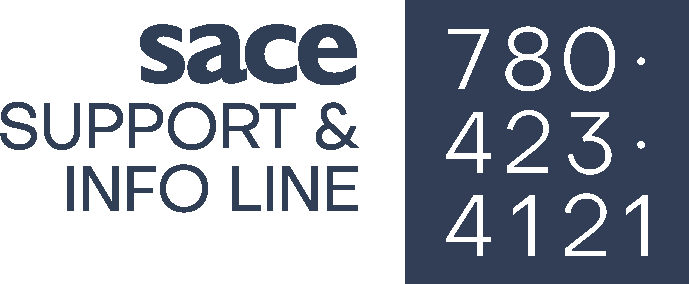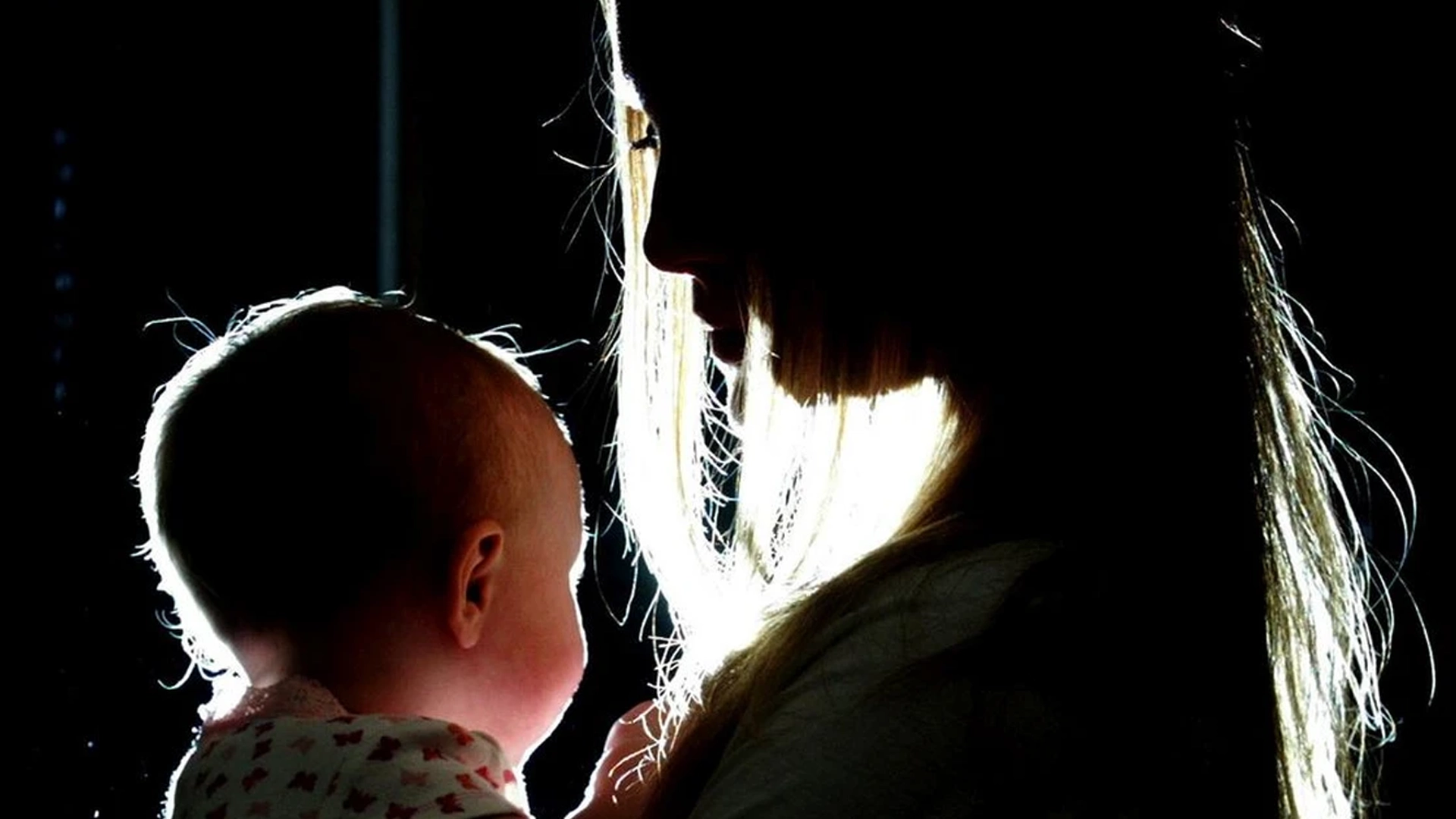Originally published in the Edmonton Journal on May 9, 2020.
May is Sexual Violence Awareness Month in Alberta. Normally at this time, my colleagues and I at the Sexual Assault Centre of Edmonton (SACE) would be busy preparing for and executing our biggest event of the year.
But nothing about 2020 is normal.
Like many others around the world, we have shifted to working remotely in order to adhere to mandated social distancing policies. As a team, we’ve made a commitment to stay home in order to keep ourselves and others safe and healthy.
But what if home isn’t safe? Or equally significant, what if you don’t have a home to go to? These are the questions that keep me up at night.
Studies from previous natural disasters suggest that domestic and sexual violence will rise during and following COVID-19. We’ve already seen evidence of this happening in our province: calls, texts and chats to Alberta’s One Line for Sexual Violence have gone up 57 per cent since the pandemic started. This is because violence is often correlative to external stressors, anxiety and uncertainty.
Like other forms of violence, sexual violence is about power and control. When a person loses control over an aspect of their life — for instance, if they’re facing economic hardship as a result of the pandemic — they might try to regain that feeling of control by harming someone else.
Extended social distancing is a factor that makes the current situation unique compared to other disasters, such as floods or earthquakes. Statistics show that 85 per cent of the time people are sexually assaulted by someone that they know. This means that often, survivors are living in the same home as the person who is abusing them.
This includes not only people who are being harmed by an intimate partner, but also children, seniors and people with disabilities who are being abused by a caregiver, family member or roommate.
For those who find safety and respite at school or work, the closure of these spaces mean that there’s nowhere to go to escape.
Safety plans that many survivors rely on as a form of harm-reduction are harder to enact, and children aren’t seeing the teachers, coaches and extended family members who would normally keep tabs on their well-being, and who would, hopefully, report any concerning signs of abuse.
Folks experiencing homelessness, or those who are working in unregulated professions, are also at higher risk of violence right now. Concern about accessing shared shelter spaces means that some people are being forced to stay in unsafe environments.
As well, advocates are reporting that many sex workers are being forced to take work with clients they don’t know, or who are more violent, as their usual client pool isn’t available.
I am also concerned about survivors of sexual violence whose healing journeys have been sidetracked as a result of the pandemic. Even though SACE and other Alberta sexual assault centres are offering virtual counselling sessions, many people don’t have the technology they need to access this form of support.
It’s hard to imagine a time before this that held so much uncertainty. While there are moments that feel bleak, I am also continually humbled and inspired by the way our community has banded together to care for one another.
Service providers across the province, including SACE, have had to adapt the type, modality, and delivery of our work fairly significantly in a short period of time.
Though the transition came with its fair share of challenges, we have responded to these new conditions and to this unprecedented time with optimism, grit, and an unshakable commitment to our work.
No matter how long the pandemic lasts, we will continue to support our clients to the best of our ability. And when the world begins to open again and we are hit with a wave of demand that is sure to come, we’ll be ready.
Mary Jane James is chief executive officer of the Sexual Assault Centre of Edmonton.



